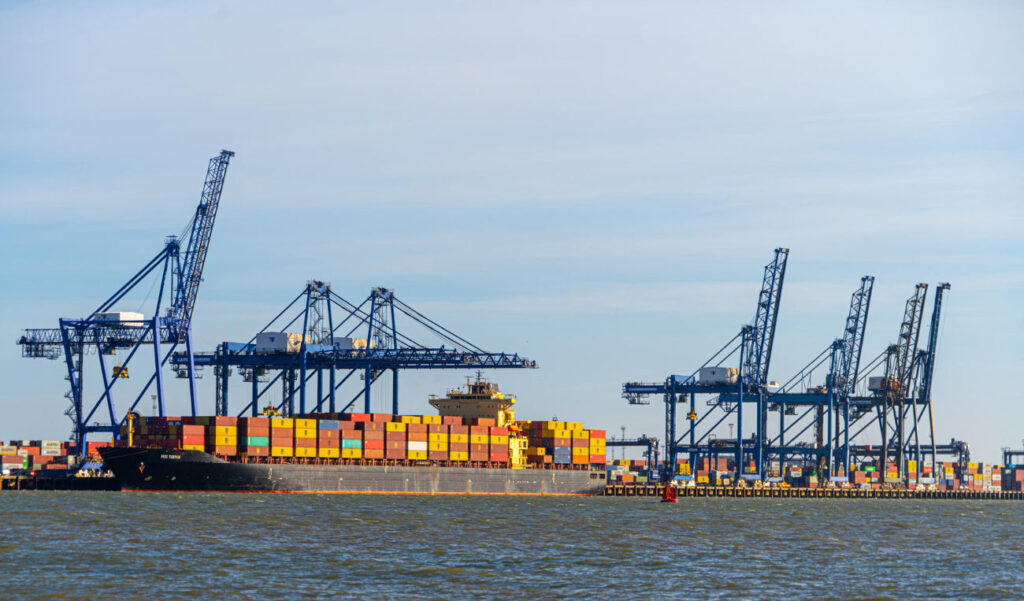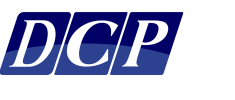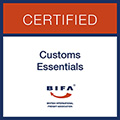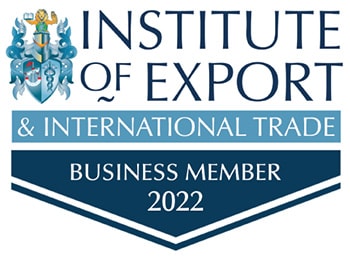For decades, importing goods from the European Union into the United Kingdom was as simple as a domestic transaction. The seamless flow of goods, underpinned by the EU’s Single Market and Customs Union, meant no tariffs, no complex paperwork, and no border delays. However, since the UK’s departure from the EU, that reality has fundamentally changed. The border between the UK and the EU is now a formal customs frontier, and businesses, whether seasoned importers or first-time traders, must navigate a new landscape of declarations, duties, and regulations.
This guide is designed to demystify the process. It will provide UK businesses with a clear, step-by-step roadmap for successfully importing goods from the EU, ensuring compliance, managing costs, and keeping supply chains moving smoothly.
Section 1: The Post-Brexit Shift – What’s Actually Changed?
The core change is simple but profound: the UK is no longer part of the EU’s customs territory. This means that every consignment of goods moving from an EU country (like Germany, France, or Spain) into Great Britain (England, Scotland, and Wales) is now considered an “import.” Consequently, these movements are subject to the same customs controls as goods arriving from any other country in the world, such as the USA or China.
This introduces several new requirements:
- Customs Declarations: A formal, legal declaration must be submitted to His Majesty’s Revenue and Customs (HMRC) for every shipment.
- Customs Duties (Tariffs): Depending on the goods, tariffs may be payable.
- Import VAT: Value Added Tax (VAT) must be accounted for at the point of import.
- Regulatory Checks: Certain goods (like food, plants, and live animals) may require health certificates and be subject to physical inspections at the border.
Understanding these new obligations is the first step towards building a resilient and compliant import strategy.
Section 2: Your Essential Pre-Import Checklist
Before your goods even leave the EU warehouse, there are several foundational steps you must take. Getting these right will prevent costly delays and potential fines down the line.
- Get an EORI Number
An Economic Operators Registration and Identification (EORI) number is your unique identifier for all customs-related activities. Without it, you cannot legally import goods into the UK.
- What is it? A 12-digit number starting with “GB” (e.g., GB123456789000).
- Why do you need it? It’s required on all customs declarations.
- How to get one: If you are VAT-registered, you may have been automatically issued one. If not, you can apply for free on the GOV.UK website. The process is straightforward and usually takes only a few minutes, with the number often issued instantly or within a few days.
- Classify Your Goods with a Commodity Code
This is arguably the most critical step in the import process. Every product has a specific commodity code (also known as a Harmonized System or HS Code) which determines:
- The rate of Customs Duty you must pay.
- The rate of import VAT.
- Whether you need an import licence.
- Whether any specific regulations or restrictions apply.
An incorrect code can lead to paying the wrong amount of duty (either too much or too little, which can result in penalties) or non-compliance with product-specific rules.
- How to find it: Use the UK’s official Trade Tariff tool on the GOV.UK website. You can search by keyword or browse through the chapters to find the most accurate code for your product.
- Determine the Customs Value of Your Goods
The customs value is the total value used by HMRC to calculate the duty and VAT owed. It’s not just the price you paid for the goods. The most common method of valuation is based on the “transaction value,” which includes:
- The price paid for the goods as shown on the commercial invoice.
- The cost of transport and insurance to bring the goods to the UK border.
- Any handling charges.
Ensure your commercial invoice from the EU supplier clearly breaks down these costs.
- Check for Licences, Certificates, and Other Restrictions
While most consumer goods can be imported without specific licences, many products are subject to stricter controls. This includes:
- Agricultural products and foodstuffs (requiring sanitary and phytosanitary certificates).
- Live animals and products of animal origin.
- Plants and plant products.
- Chemicals, medicines, and controlled drugs.
- Firearms and military goods.
Always use the Trade Tariff tool to check if your commodity code flags any specific requirements.
Section 3: The Core of the Process – The Customs Declaration
A customs declaration is a digital submission to HMRC that provides comprehensive details about your import. It is the formal act of bringing goods into the country.
Who Can Make the Declaration?
You have two main options for submitting your declaration to HMRC’s Customs Declaration Service (CDS), the UK’s new digital customs platform:
- Do It Yourself: This involves purchasing specialist software that links directly to CDS. This route is complex and requires significant expertise in customs procedures. It is generally only suitable for large businesses with high volumes of imports and dedicated in-house customs teams.
- Use an Intermediary (Highly Recommended): The vast majority of businesses, especially SMEs, appoint a professional to handle declarations on their behalf. This can be:
- A Customs Broker/Agent: A specialist firm whose sole purpose is to manage customs formalities.
- A Freight Forwarder: Your logistics partner who handles the transportation can often provide customs clearance as part of their service.
- A Fast Parcel Operator: Companies like DHL, FedEx, and UPS will handle customs clearance for smaller shipments as part of their door-to-door service.
Using an intermediary is strongly advised. They have the software, expertise, and direct links to HMRC to ensure your declarations are accurate and submitted correctly, saving you time and reducing the risk of error.
Information Your Broker Will Need
To complete the declaration, you must provide your chosen intermediary with a clear set of documents, including:
- Commercial Invoice: Shows the seller, buyer, price, and description of the goods.
- Packing List: Details the contents, weight, and dimensions of each package.
- Transport Document: Such as a Bill of Lading (for sea freight) or CMR note (for road freight).
- Your GB EORI number.
- The Commodity Code for each item.
- The Customs Value of the consignment.
- The Country of Origin of the goods.
Section 4: Paying the Price – UK Customs Duty and Import VAT
Once the declaration is submitted, HMRC will calculate the taxes due.
Customs Duty
This is a tax levied on imported goods to protect domestic industries and generate revenue. The rate is determined by the commodity code.
- The UK-EU Trade Deal (TCA): A crucial point for EU imports is the Trade and Cooperation Agreement. Under this agreement, goods that “originate” in the EU can be imported into the UK with a zero tariff (0% Customs Duty).
- Proving “Rules of Origin”: To benefit from this zero tariff, you must prove the goods are of EU origin. This is typically done via a “Statement on Origin” provided by your EU supplier on the commercial invoice. It’s a specific declaration confirming the goods meet the origin requirements of the TCA. Without this proof, the UK Global Tariff (UKGT) rates will apply, and you will have to pay duty.
Import VAT
Standard UK VAT (currently 20%) is payable on all imports from the EU. It is calculated on the customs value of the goods plus any Customs Duty payable. This means you pay VAT on the total landed cost.
- Postponed VAT Accounting (PVA): This is a vital cash-flow benefit introduced post-Brexit. Instead of paying the import VAT upfront at the border to get your goods released, PVA allows you to “postpone” it. You account for the VAT on your regular VAT return, declaring it as input tax and output tax simultaneously. For most businesses, this results in a nil-cash impact. You do not need special authorisation to use PVA, but you must instruct your customs broker to select this option on the declaration.
How to Pay
If you are not using PVA for VAT, or if duty is payable, you need a method to pay HMRC. Your broker will advise, but common methods include:
- Duty Deferment Account (DDA): A bank-guaranteed account with HMRC that allows you to pay all duties and VAT in a single monthly direct debit.
- Flexible Accounting System (FAS): Your broker pays HMRC on your behalf from their own account and then invoices you.
Section 5: A Step-by-Step Summary – Your Import Journey
Let’s consolidate the process into a simple, chronological checklist:
- Preparation: Obtain your GB EORI number.
- Order Placement: Agree on Incoterms (shipping terms) with your EU supplier. Find the correct commodity codes for your goods.
- Supplier Documentation: Ask your supplier to provide a commercial invoice and packing list. Crucially, if the goods are of EU origin, ask them to include a Statement on Origin to benefit from zero tariffs.
- Appoint an Intermediary: Engage a customs broker or freight forwarder and provide them with all the necessary documents and information.
- Declaration: Your broker submits the import declaration to HMRC’s CDS system on your behalf.
- Payment: Your broker arranges for the payment of any duties owed. Instruct them to use Postponed VAT Accounting for the import VAT.
- Customs Clearance: Once HMRC is satisfied and all taxes are paid/accounted for, they will grant customs clearance, and the goods will be released.
- Delivery: Your goods complete their journey and are delivered to your premises.
- Record Keeping: You must keep records of all your import documentation (invoices, declarations, transport documents) for at least six years.
Conclusion: Preparation is Paramount
Importing from the European Union is no longer the frictionless process it once was. It requires diligence, preparation, and an understanding of a new set of rules. While the initial learning curve can seem steep, the process is entirely manageable.
By securing your EORI number, correctly classifying your goods, understanding the rules of origin, and leveraging the expertise of a customs intermediary, you can navigate the new customs frontier with confidence. Embrace mechanisms like Postponed VAT Accounting to protect your cash flow and build strong relationships with your logistics partners. With the right approach, UK businesses can continue to thrive by sourcing the best products the EU has to offer, ensuring their supply chains remain robust and competitive in the post-Brexit era.






